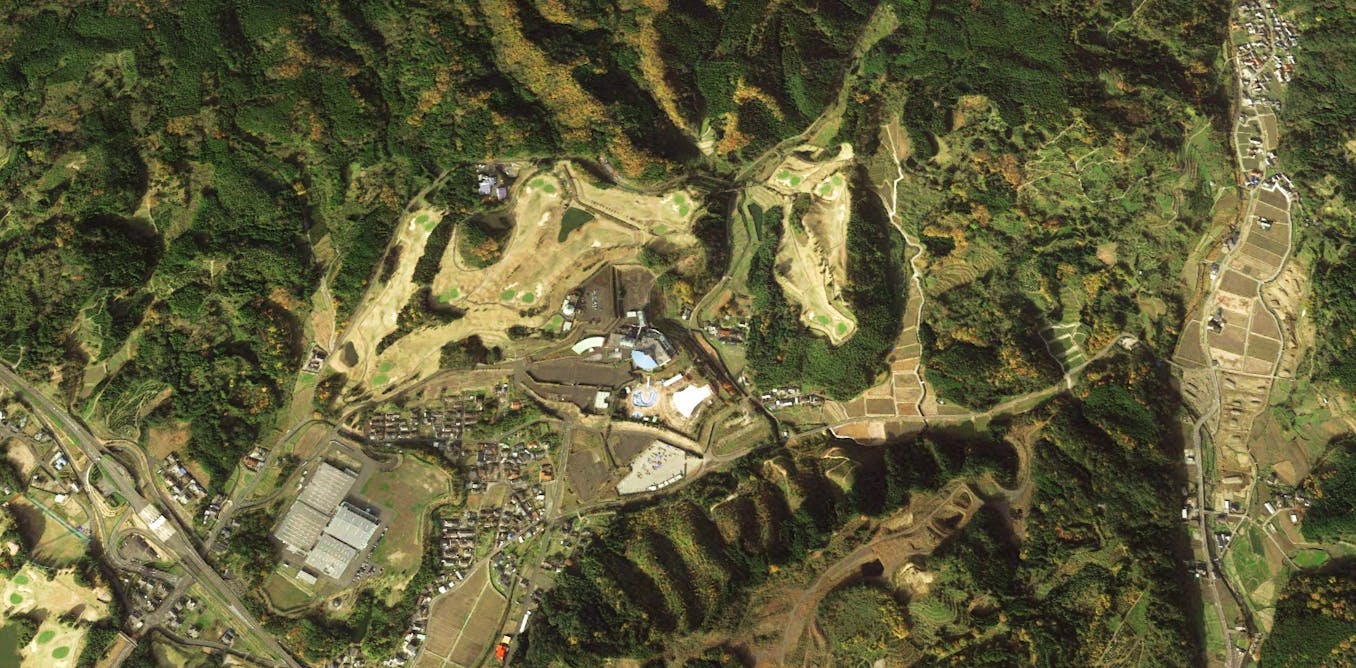It’s a summer night. On the rooftop of a quiet building, a set of panels cools the rooms within and keeps the lights on, removing heat and generating electricity using the coldness of the sky. That cold isn’t in the air around the building—the night is warm. Rather, the panels reach far beyond Earth’s atmosphere to tap the distant cold of deep space.
Sound crazy? Admittedly, this technology isn’t fully available just yet. But we have demonstrated that by directly using power generated by the cold universe, we can chill water to cool buildings by as much as 5 ºC during the day without electricity and light the night without wires or batteries. As the technology improves, we see it enabling solar panels that work at night as well as day, powering remote sensors.
From the time the first humans learned to harness fire, people have manipulated heat to do their bidding. Today, the art of turning heat from burning gas, nuclear fission, Earth’s core, the sun, and other sources into useful energy underpins modern life.
Edmon de Haro
With so much energy available from heat, we’ve ignored another source of power: cold. The coldness of deep space is a thermodynamic resource, and largely untapped. Yes, it’s far away, but distance doesn’t prevent its use, particularly when we consider just how cold the vast empty space of the universe is—approximately 3 kelvins.
We generally aren’t aware of this coldness because things around us, including sunlight and radiation bouncing back to us from the atmosphere, conspire to heat us up. But about a decade ago, our research group at Stanford designed a material that’s remarkably efficient at sending heat out to that reservoir of cold while preventing heating from both the sun and the environment. The material is so efficient, in fact, that it can cool itself below the temperature of its surroundings, even when sitting in direct sunlight.
That was pretty cool—literally. And when heat can spontaneously flow from an object on Earth to the universe, just like water flows from higher ground to the sea, it gives us an opportunity to harvest useful energy from it along the way.
In the case of moving water, a turbine harvests the energy in the flow to generate hydroelectricity. In the case of the flow of heat from Earth to deep space, we’ve got a couple of promising concepts developed, although we’re still trying to figure out the best mechanism.
Thermodynamics on Earth and in space
Before we tell you about those ideas and prototypes, you need to understand the role radiation plays in maintaining Earth’s energy balance.
Radiation is one of three mechanisms for heat transfer. The other two are heat conduction and heat convection. The first arises from atoms vibrating against one another as typically occurs in a solid; the second arises from bulk movements of particles, such as gas molecules in air. Both conduction and convection require a medium through which to move heat….
Read full article: Generating Power on Earth From the Coldness of Deep Space
The post “Generating Power on Earth From the Coldness of Deep Space” by Sid Assawaworrarit was published on 11/25/2023 by spectrum.ieee.org




































